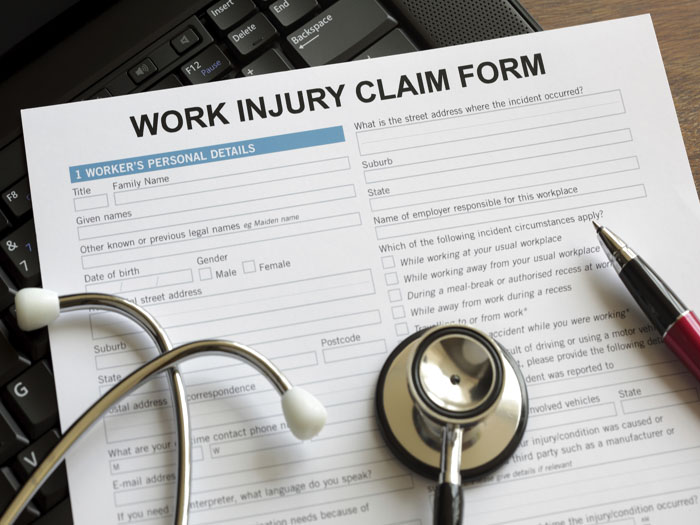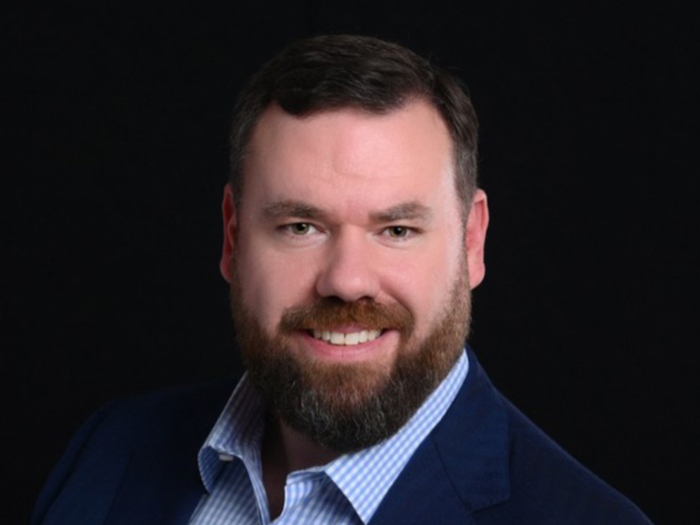NIOSH Developments
Basics of Comp Explained for Safety and Health Experts

Occupational safety and health professionals have a new tool to help identify and reduce workplace injury and illness risks. A primer on the workers’ comp system is the latest resource to help target preventive measures.
Workers’ Compensation Insurance: A Primer for Public Health was developed by the National Institute for Occupational Safety and Health. NIOSH joined with various public and private organizations in two workshops about using workers’ comp data for occupational safety and health.
“Creation of this document was suggested at the second workshop as a means to describe elements of the workers’ compensation insurance programs in the U.S. and the potential to utilize the records for public health purposes,” the document explains. “Workers’ compensation claims and medical treatment records along with other information resources have been used to conduct occupational safety and health research and surveillance and to identify intervention needs.”
The primer includes information on:
- Benefits and premiums.
- The relationship between premiums and safety incentives.
- Roles of insurers, state agencies, and third-party administrators.
- Types of policies.
- Claims and other workers’ compensation insurance information on medical treatments, costs, and disability status.
- Limitations of current industry data standards.
- Loss prevention programs.
- Public health research, surveillance, and regulations.
- There is also a glossary of workers’ comp terms and a guide for prospective research and surveillance projects.
“Occupational safety and health research and surveillance are essential for the prevention and control of injuries, illnesses and hazards that arise from the workplace,” the document says. “Research and surveillance can fill gaps in knowledge about where hazards exist and what interventions are effective at preventing workplace injuries, illnesses and fatalities. Workers’ compensation insurance records are a resource used for these primary prevention purposes.”
Program Coordinator Sought
“One of the best ways to prevent and control occupational injuries, illnesses, and fatalities is to ‘design out’ or minimize hazards and risks early in the design process,” explains a description of a federal program. “The National Institute for Occupational Safety and Health is leading a national initiative called prevention through design to promote this concept and highlight its importance in all business decisions.”
NIOSH is seeking an industrial hygienist or safety engineer to serve as the coordinator of the program. Officially called the prevention through design’s interdisciplinary industrial hygienist/safety engineer, the person selected will:
- Develop pertient information in the areas of industrial hygiene, safety engineering, and other occupational safety and health disciplines as needed to lead NIOSH prevention through design initiative and mission.
- Serve as a technical authority in industrial hygiene or safety engineer, providing expertise and advice nationally and internationally to agency area office directors and industrial hygienist/safety engineers within the region, managers, employees, state officials, employee organizations, and other federal agencies.
- Evaluate scientific data and disseminate this information to diverse audiences; evaluate interventions and other safety and health communications by collaborating with partners in the occupational safety and health community, industry, labor and the public to continue improving workplace safety and health.
- Provide industrial hygiene or safety engineer expertise in the development of partnerships and collaborations for prevention through design.
“The goals of the prevention through design initiative place importance on the initial design of facilities, materials, equipment, and processes in order to prevent or minimize the work-related hazards and risks associated with their use,” according to the NIOSH website. “Addressing occupational safety and health needs at the front end through the design of every work-related process will support the redesign of work environments, prevent or minimize the work-related hazards and risks associated with the construction, manufacture, use, maintenance, and disposal of facilities, materials, and equipment, and ensure a higher degree of safety for workers.”










